Inside The New York Botanical Garden
peony
Posted in Photography on May 19 2016, by Matt Newman
The Matelich peonies are a kick line of splashy blooms across the way from the Conservatory. They can’t be missed!

Paeonia ‘Salmon Dream’ in the Matelich Peony Collection – Photo by Ivo M. Vermeulen
Posted in Photography on June 8 2015, by Lansing Moore
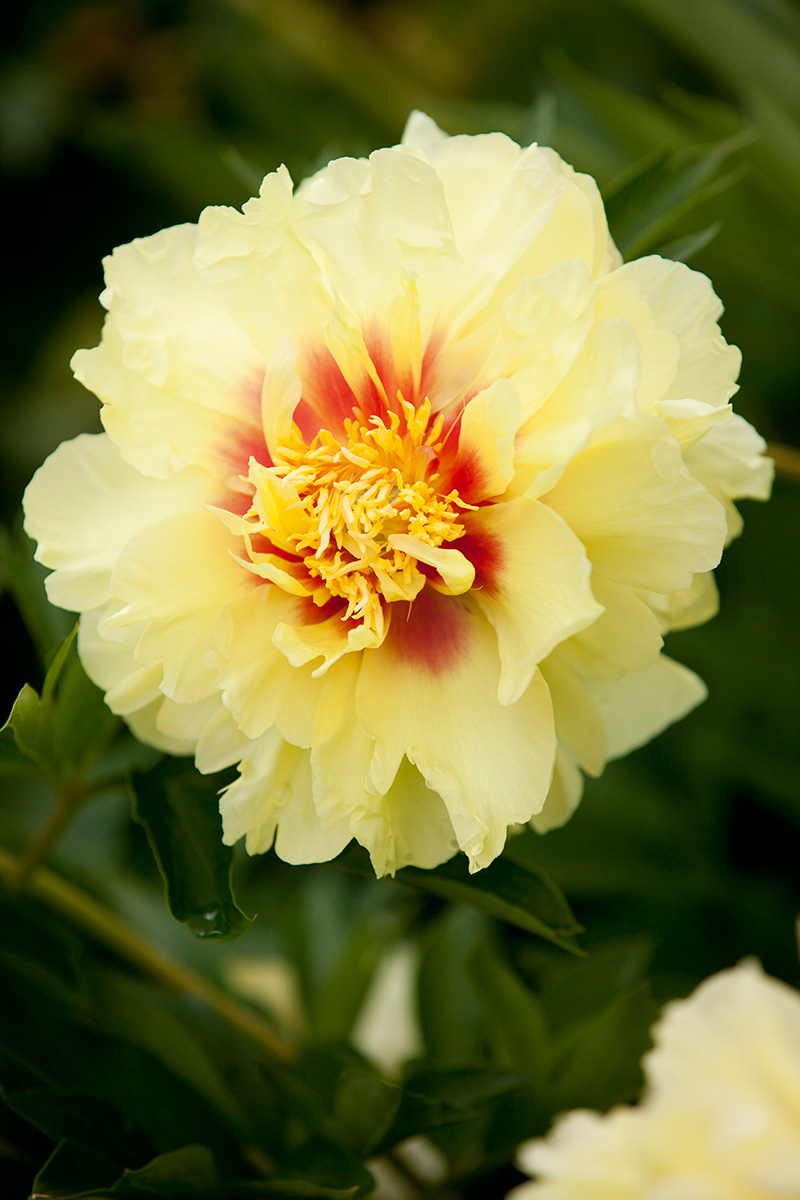
Paeonia ‘Bartzella’ in the Tree Peony Collection – Photo by Ivo M. Vermeulen
Posted in Photography on June 5 2014, by Matt Newman
The chalice-like peonies framing the Enid A. Haupt Conservatory show no signs of slowing today.
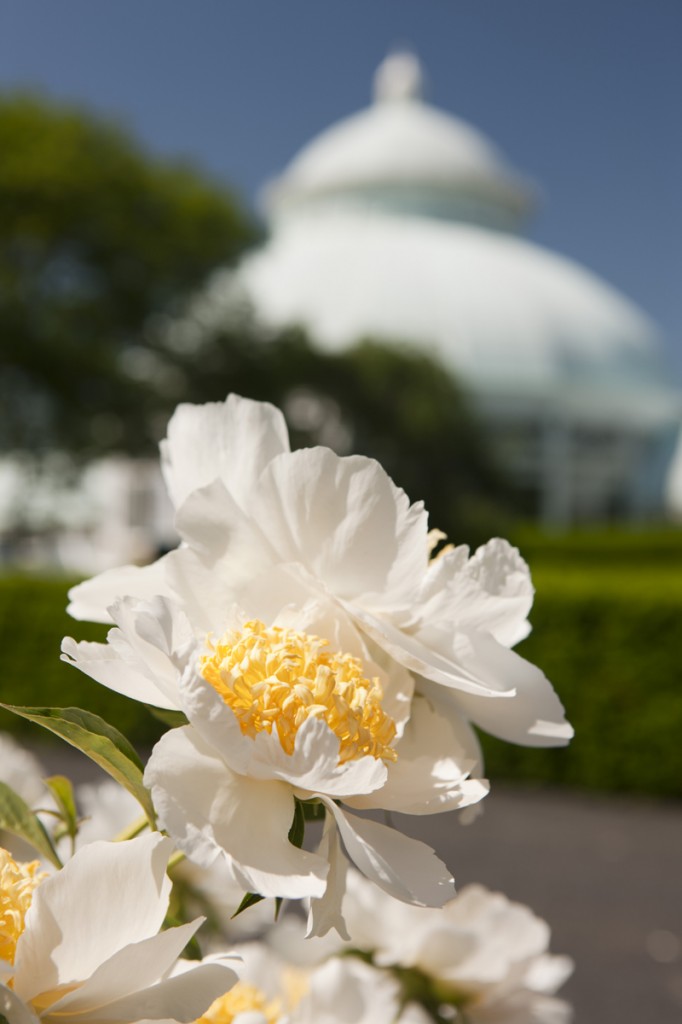
In the herbaceous peony collection – Photo by Ivo M. Vermeulen
Posted in Photography on May 31 2014, by Matt Newman
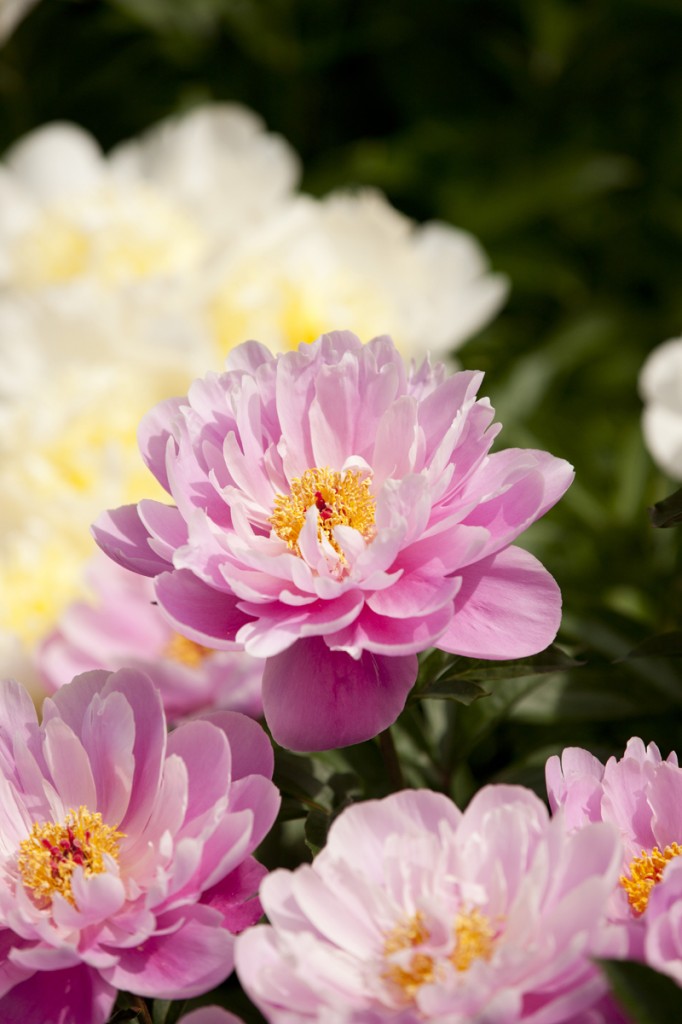
Peonies – Photo by Ivo M. Vermeulen
Posted in Photography on May 12 2014, by Matt Newman
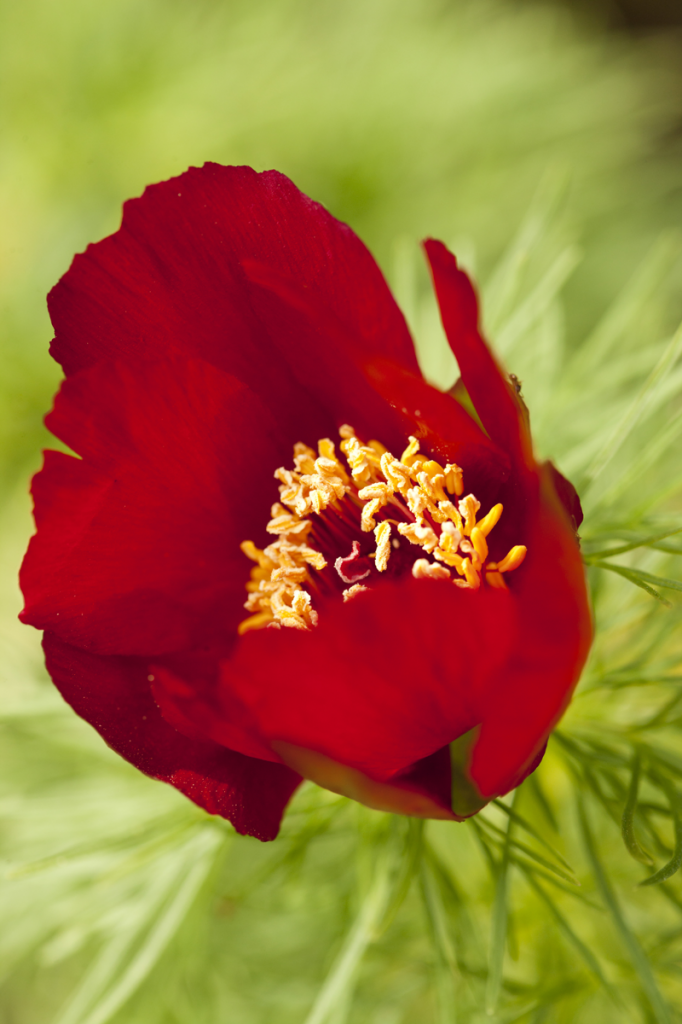
Fringed peony (Paeonia tenuifolia) in the Rock Garden – Photo by Ivo M. Vermeulen
Posted in Photography on May 29 2013, by Ann Rafalko
If you could name a peony, what would you name it?
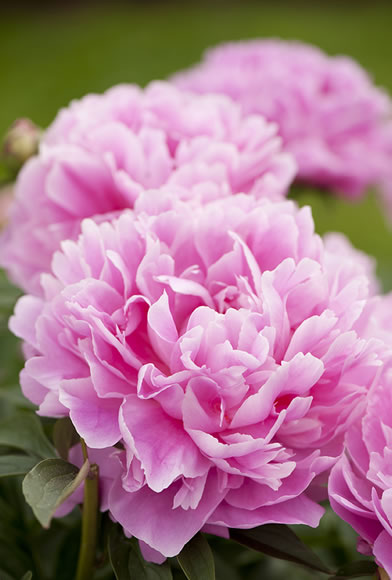
Paeonia lactiflora ‘Kevin’ (photo by Ivo M. Vermeulen)
Posted in Around the Garden on April 20 2012, by Matt Newman
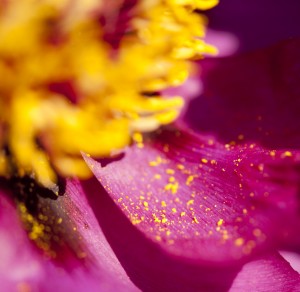 Moss covered paths between scarlet peonies,
Moss covered paths between scarlet peonies,
Pale jade mountains fill your rustic windows.
I envy you, drunk with flowers;
Butterflies swirling in your dreams.
— Qian Qi, Tang Dynasty
In the words of poet Billy Collins, the lyricists of Imperial China had “nothing up their ample sleeves” as they scribbled down the world around them. There’s a candid linearity to the early Chinese wordsmiths. Never dawdling in the roundabout of ten dollar adjectives or subtlety, they explain what they see with directness and clarity, and in doing so pull the reader into a rich history of images.
Today, standing on the hill overlooking the Peggy Rockefeller Rose Garden among prim rows of rounded tree peony shrubs, I found the same honest verse in each flower. It’s right there in the names. From time to time I would crouch to part the branches in an effort to see the cultivar titles on the small signs below each plant. Behind the leaves I discovered shaped words, often as straightforward as dynastic verse, at other times more like flash fiction–short stories in a staccato of concrete nouns. Our tree peonies are a lyrical bunch, blooming as they are in this early spring.
Read More
Posted in Emily Dickinson, Exhibitions on May 4 2010, by Plant Talk
 |
Jessica Blohm is Interpretive Specialist for Public Education. |
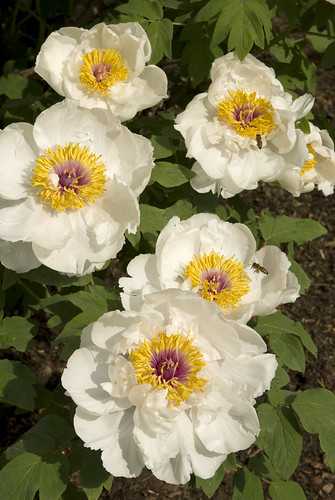 Scholars have long speculated about Emily Dickinson’s interest in plants. She was, in fact, an avid gardener and nature enthusiast. Many of her poems and letters allude to wildflowers and traditional herbaceous garden plants.
Scholars have long speculated about Emily Dickinson’s interest in plants. She was, in fact, an avid gardener and nature enthusiast. Many of her poems and letters allude to wildflowers and traditional herbaceous garden plants.
Emily Dickinson’s Garden: The Poetry of Flowers features in the Enid A. Haupt Conservatory a re-creation of Dickinson’s own mid-19th-century New England garden, an interpretation Garden curators have been able to craft from extensive research and careful reading of her poems and letters. On display are Dickinson’s favorites, including daisies, daylilies, tulips, roses, lilies, and others that inspired so much of her poetry. Not only did she grow plants, she also collected flowers from neighboring meadows and the surrounding landscape.
Flowers were one of her favorite metaphors; she used them as images in her poems and as subjects for her letters. Following is a selection of flowers that Dickinson was particularly fond of.
Today we spotlight the peony (Paeonia). Dickinson’s niece, Martha “Mattie” Dickinson Bianchi described “ribbons of peony hedges” growing along the edges of her aunt’s flower garden. Dickinson grew peonies in pink, white, and red. She often compared the pointed tips of the young shoots as they emerged from the ground in spring to red noses.
In a letter dated late April 1859 Dickinson says, “Tell Vinnie [her sister] I counted three peony noses, red as Sammie Matthews’s, just out of the ground.”
I hide Myself within my flower,
That fading from your Vase,
You, unsuspecting, feel for me –
Almost a loneliness.
Get Your Tickets









